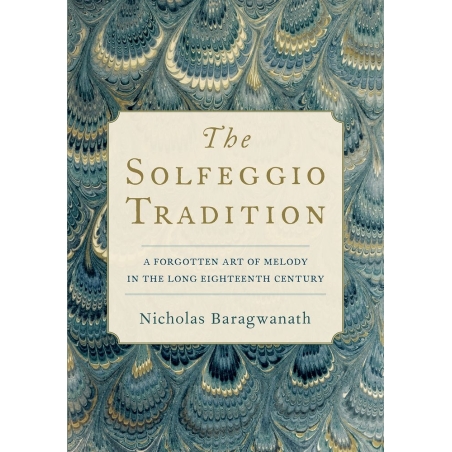In this first-ever book on the solfeggio tradition, one of the pillars of eighteenth-century music education, author Nicholas Baragwanath illuminates how performers and composers developed their exceptional skills in improvising and inventing melodies.
CONTENTS
Acknowledgements
List of Figures
Glossary of Technical Terms
Introduction
Chapter 1: Discovering Solfeggio
Section I - Context: Apprenticeship, Plainchant, and the Rudiments
Chapter 2: Sepperl's Story: A Case Study in Music and Social Mobility
Chapter 3: The Church Music Industry
Chapter 4: Eighteenth-Century Plainchant--For Beginners
Chapter 5: Canto Fermo and Canto Figurato
Section II - Theory and Practice: Lessons in the Art of Melody
Chapter 6: Speaking Solfeggio
Chapter 7: Singing Solfeggio
Chapter 8: Learning la sol fa mi, with Some Hints on Musical Grammar
Chapter 9: Solano and Sabbatini on Modulation
Section III - The Solfeggio Repertory: Types, Styles, and Genres
Chapter 10: Defining Solfeggio
Chapter 11: Unaccompanied Solfeggio
Chapter 12: Accompanied Solfeggio
Chapter 13: Solfeggio and Partimento
Epilogue
Chapter 14: Alternative Systems and the End of the Great Tradition
Bibliography
Index


